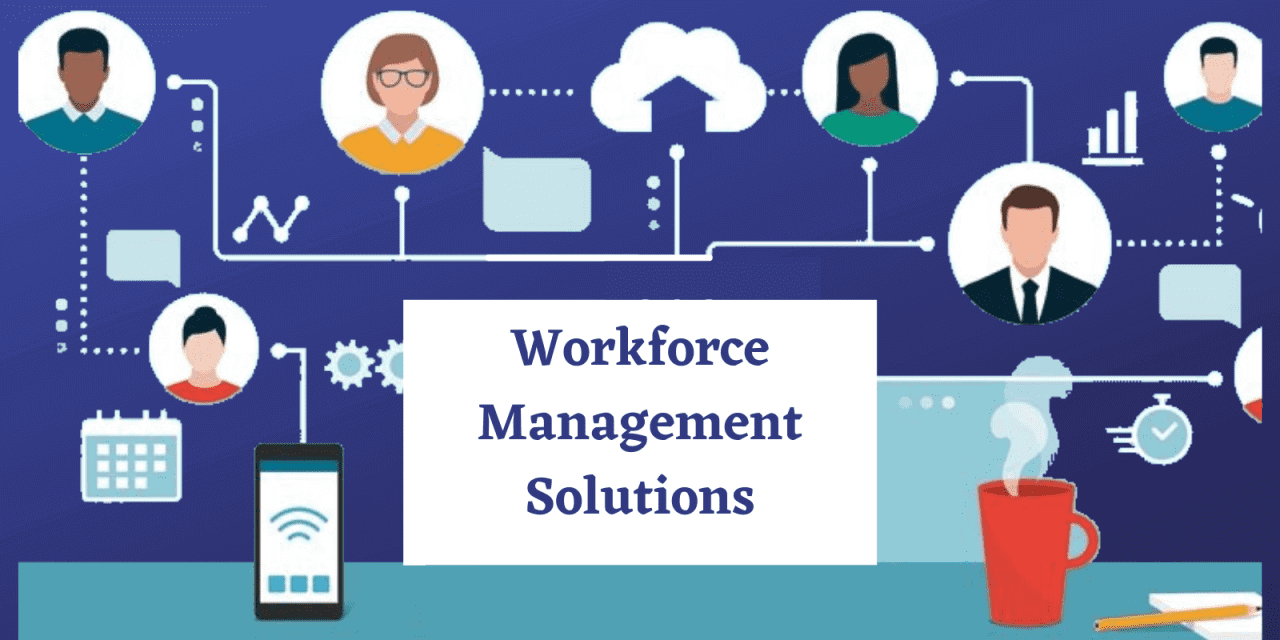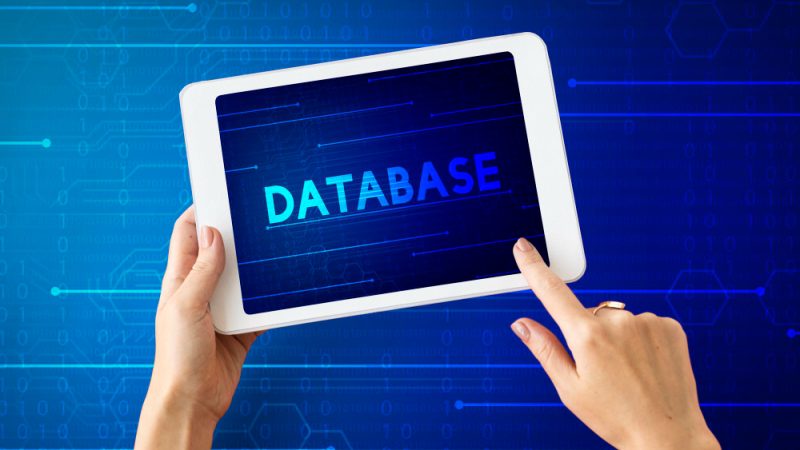Unleash the Power of Integrating: WFM Software with HR Systems

In today’s dynamic business environment, organisations constantly seek ways to optimise their human resources and enhance operational efficiency. One powerful strategy that can unlock the true potential of your human resource is integrating workforce management software with various HR systems. By seamlessly connecting payroll, HRIS (Human Resources Information System), and applicant tracking systems, organisations can unleash the power of integration to streamline processes, facilitate data flow, and propel success. So now, explore the benefits of this integration and how it synergises success.
Streamlined Processes: Enhancing Efficiency and Accuracy
Integrating WFM software with HR systems leads to streamlined processes that enhance efficiency and accuracy throughout the organisation. By seamlessly connecting these systems, data is automatically synchronised, reducing the need for manual data entry and minimising the risk of errors. For instance, integrating payroll with workforce management systems allows for real-time and accurate transfer of time and attendance data, simplifying payroll processing and ensuring accurate compensation for employees.
Seamless Data Flow: Enhancing Collaboration and Decision-making
The integration facilitates seamless data flow across different functions, promoting collaboration and enabling informed decision-making. With data automatically flowing between systems, managers and HR personnel gain access to real-time information on workforce metrics, such as scheduling, time and attendance, and performance data. This empowers them to make data-driven decisions, optimise resource allocation, and align staffing levels with business demands.
Increased Data Visibility: Gaining Valuable Insights
It also provides increased data visibility, enabling organisations to gain valuable insights into their workforce and make decisions. By consolidating data from various HR systems, organisations can analyse key workforce metrics, such as labour costs, productivity levels, and compliance adherence. These insights help identify trends, spot areas for improvement, and optimise workforce strategies, ultimately driving operational excellence.
Enhanced Employee Experience: Empowering Self-Service and Accessibility
Integration between workforce management solutions and HR systems enhances the employee experience by providing self-service capabilities and easy access to information. For example, when applicant tracking systems are integrated with workforce management software, newly hired employees can seamlessly transition from hiring to scheduling and onboarding, reducing administrative burdens and ensuring a smooth employee experience. Self-service features enable employees to view their schedules, request time off, and manage their availability conveniently, promoting autonomy and engagement.
Reduced Administrative Burdens: Time Savings and Efficiency
The integration reduces administrative burdens by eliminating manual data entry and repetitive tasks. With data flowing seamlessly between systems, HR personnel can focus on strategic initiatives rather than spending valuable time on administrative duties. For instance, integrating time and attendance tracking systems with payroll systems eliminates the need for manual timesheet calculations and data reconciliation, saving time and reducing the risk of errors.
Compliance Adherence: Ensuring Accuracy and Consistency
Integration between workforce management solutions and HR systems promotes compliance adherence by ensuring accuracy and consistency in data across different functions. For example, integrating time and attendance tracking systems with HRIS ensures that employee records, such as work hours, are consistent and align with compliance regulations. This reduces the risk of compliance violations and simplifies audits, fostering a culture of compliance within the organisation.
Future Readiness: Adapting to Evolving Needs
Integrating workforce management solutions with HR systems sets organisations on a path of future readiness. As businesses evolve and their HR needs change, integration enables the seamless adoption of new technologies and scalability. It allows organisations to adapt to changing human resource dynamics, such as remote work or flexible scheduling, by integrating new systems or expanding existing integrations. This future-readiness ensures organisations remain agile and capable of meeting the demands of a rapidly changing business landscape.
Conclusion
Integrating workforce management software with HR systems unlocks many benefits for organisations. From streamlined processes and seamless data flow to increased data visibility and enhanced employee experience, this integration paves the way for success. By synergising these systems, organisations can optimise their human resources, drive operational efficiency, and position themselves for future growth and adaptability. Embrace the power of integration and unleash the full potential of your workforce.






